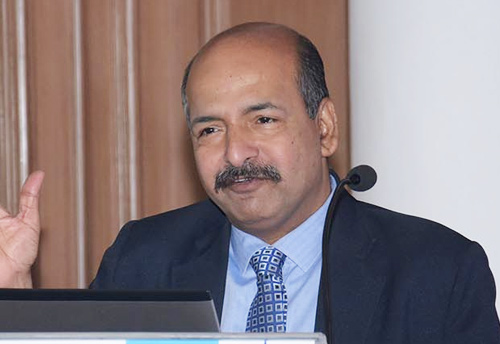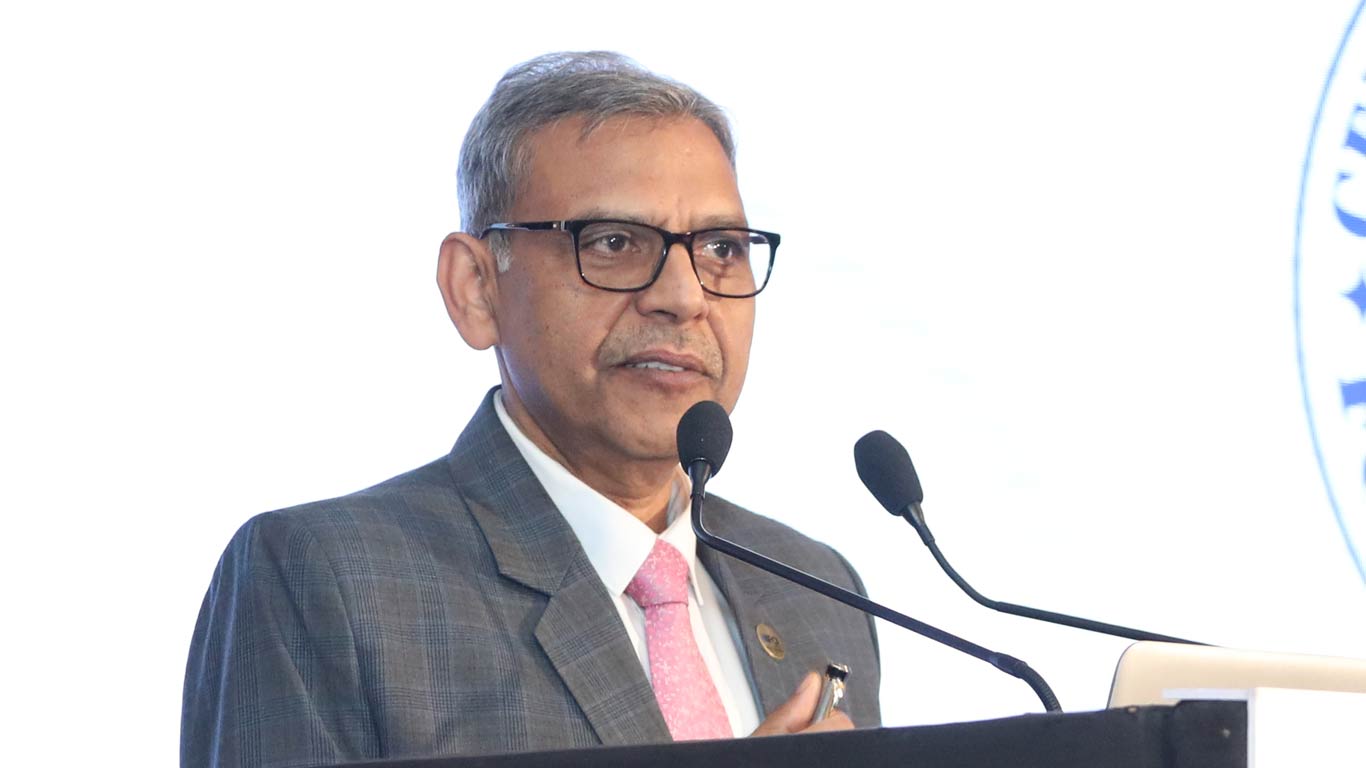Smaller firms get unfairly competed out when large borrowers routinely obtain soft lending even upon defaults, under-performance: RBI Dy Governor
Updated: Apr 18, 2018 10:07:17am

Pune, Apr 18 (KNN) One must understand that smaller firms and new entrants, which create dynamism and enterprise within sectors of the economy, get unfairly competed out when large borrowers are routinely able to obtain soft landing even upon defaults and under-performance, said N. S. Vishwanathan, Deputy Governor, Reserve Bank of India (RBI).
He was delivering speech at the National Institute of Bank Management, Pune on Fourteenth Convocation today.
Pointing an important equity perspective to the revised framework for resolution of stressed assets, he said If the stress in larger advances is not handled in a manner such that both probability of default and loss given default are contained, the resultant low risk-adjusted return on bank assets may have to be compensated in the form of higher borrowing rates for the smaller borrowers.
He quoted the successive Financial Stability Reports of the Reserve Bank that pointed out that the proportion of stressed assets in the larger advances is higher than the share of larger advances in the total advances.
Alternatively, it may mean a low return on bank equity, which may have externalities through the fiscal channel given the principal shareholder of many stressed banks is the government.
Futher, he said, “There is another issue from the equity perspective. One must understand that smaller firms and new entrants, which create dynamism and enterprise within sectors of the economy, get unfairly competed out when large borrowers are routinely able to obtain soft landing even upon defaults and under-performance.”
He noted that the banks are required to keep provisions for loans on their books, to cover for future expected losses.
“This means that as the likelihood of income or recovery from a loan decreases, the amount to be kept as provisions by the banks should increase. If the resulting drain on bank profits has to be contained, the action to address stressed assets should commence no sooner than the emergence of early signs of stress. Thus, bankers should be alive to the increase in risk as the probability of default increases and take adequate measures to contain the loss given default, such as through loan covenants, increased collateral, and/or higher risk premium, with promptitude,” Vishwanathan said.
If such measures are not undertaken in time, it becomes too late to do anything outside of bankruptcy proceedings. It is instructive to note that the resolution regime has a bearing on the ease of doing business ranking of a country and the new framework alongwith the IBC will be an important step in improving the ranking.
What the revised framework also does is to enjoin upon the banks as creditors to enforce their contracts or renegotiate their contracts with their borrowers so that they are not in default in the first place. Where the contracts are renegotiated, banks books should reflect this through asset classification and provisioning.
This is why the framework requires banks to report even one day default and draw up resolution plans thereupon such that the borrower is not in default as on 180th day from the date of such default, he said.
“You would have noted that while it is mandatory to report defaults on a weekly basis, the classification of loans as non-performing assets will still be on the 90-day-past-due criterion. As such, the idea is to nudge lenders and borrowers to take timely corrective action so that the deterioration in the asset quality is avoided to the extent possible. At the same time, with defaults being reported to a central database, which is accessible to all banks, the credit discipline is expected to further improve,” said the banker.
There has been some commentary on the sufficiency of timelines provided for implementation of the resolution plan under the revised framework. The new framework requires lenders to put in place a resolution plan within 180 days of default and some have commented that 180 days is insufficient to put in place a resolution plan, especially where multiple lenders are involved.
However, one has to note that ‘default’ in payment is a lagging, not leading, indicator of financial stress of a borrower and the framework provides 180 days after a default to put in place a resolution plan. Lenders need to be proactive in monitoring their borrowers and be able to identify financial stress using a combination of leading indicators and renegotiation points in the form of loan covenants rather than wait for a borrower to default. Such early identification of stress and loan modifications in response would provide sufficient time for lenders to put in place the required resolution plan, Vishwanathan added.
For the MSMEs, the banker said, “I want to mention here that for the small borrower who may not have the wherewithal to bring funds swiftly in the event of non-payment by clients, the framework makes an exception.
The framework for restructuring has been consciously made non-applicable to the Micro, Small and Medium Enterprises (MSMEs) with borrowings of Rs 250 million and less. We have left their resolution framework unchanged from what was outlined for them in March 2016, he added.
In his concluding remarks, Vishwanathan said, “There appears to be taking hold a herd movement among bankers to grow retail credit and the personal loan segment. This is not a risk-free segment and banks should not see it as the grand panacea for their problem riddled corporate loan book. There are risks here too that should be properly assessed, priced and mitigated.” (KNN Bureau)











